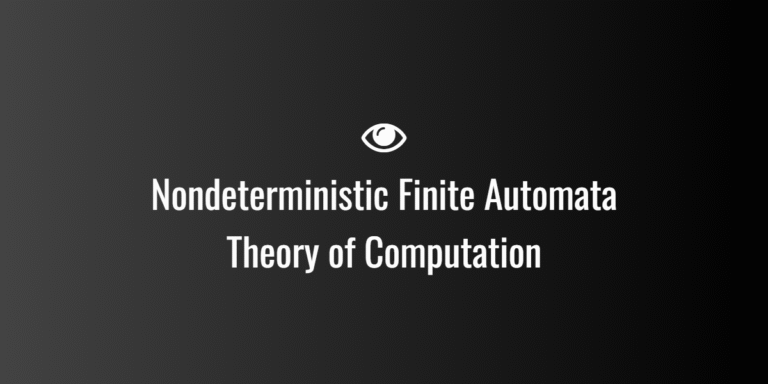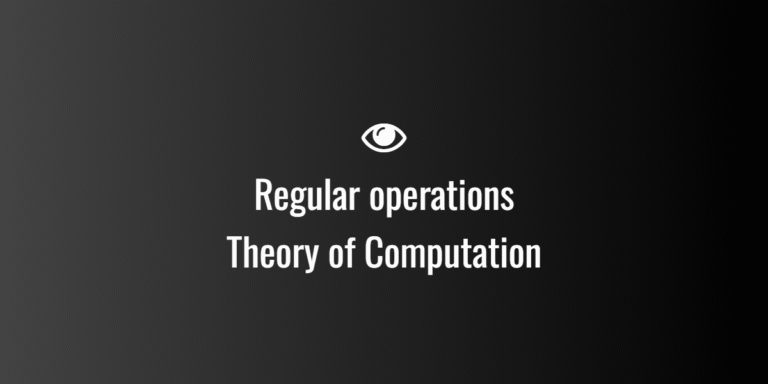
Equivalence of DFAs and NFAs
⭐ Why is this important?
It tells us something beautiful:
- We can design automata using the flexible NFA model (which is easy),
- And then, if we need, convert it into a DFA (which is strict but machine-friendly).
It’s like sketching an idea freely on paper (NFA) and then making a clean, polished version (DFA).
⭐ The Core Idea Behind Their Equivalence
“A DFA can simulate all possible paths of an NFA — at the same time.”
Imagine the NFA as a person standing at a junction, thinking:
“I can go left… or right… or take that secret tunnel!”
A DFA cannot make such choices.
So what does it do?
It pretends it is standing at all those possible places at once.
This is the key trick.
Instead of the DFA keeping track of one state, it keeps track of a set of NFA states.
This process is called subset construction or powerset construction.
⭐ Example to make it clearer
Suppose an NFA has states:
- q0
- q1
- q2
If the NFA can be in q0 and q2 at the same time,
the DFA creates a single state that represents:
{q0, q2}So in the DFA, states look like:
- {q0}
- {q1, q2}
- {q0, q1, q2}
- { } (empty set)
and so on.
Each such set becomes one state of the DFA.
That’s how a deterministic machine handles nondeterminism —
by tracking all the possibilities together.
⭐ Simple Diagram (Conceptual View)
NFA (multiple possible next states)
a
q0 ------> q1
\
\ a
\
> q2From q0, reading a, the NFA can go to q1 or q2.
DFA Equivalent (one state represents many states)
a
{q0} -----------> {q1, q2}Here the DFA state {q1, q2} represents both possibilities at once.
It doesn’t “choose”; it simply keeps track of them.
⭐ Why this works
The DFA accepts a string if:
- the set of NFA states it reaches contains at least one final state.
In other words:
If any possible NFA path accepts the string,
the corresponding DFA state will reflect that.
So the DFA never misses a valid path.



